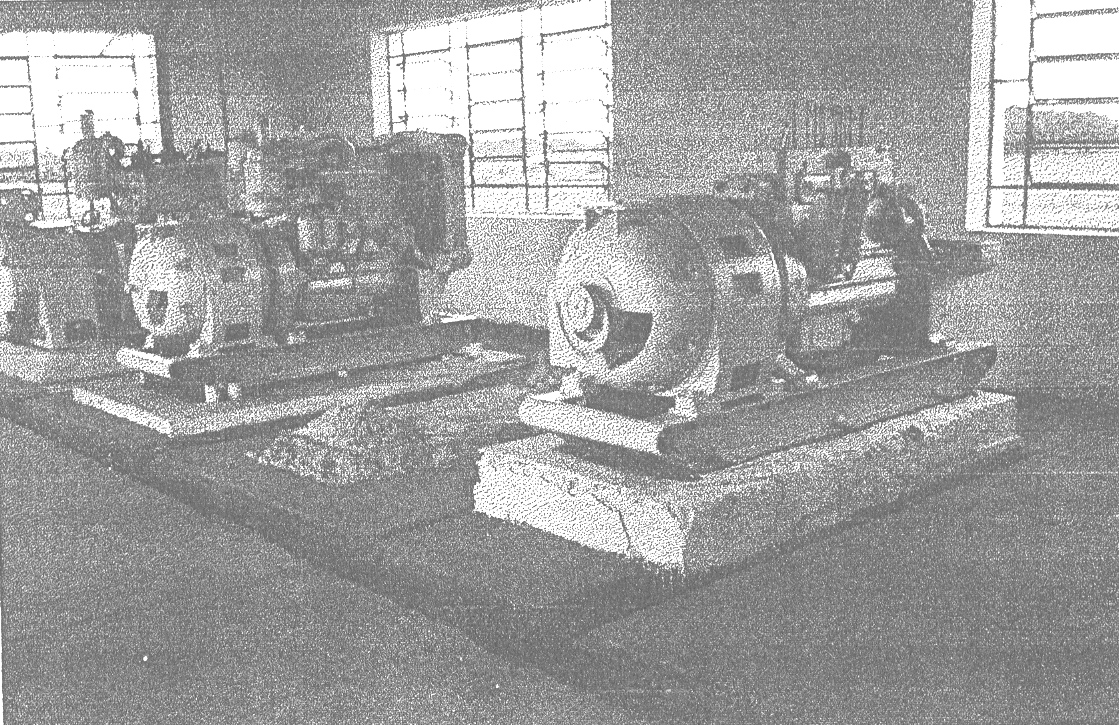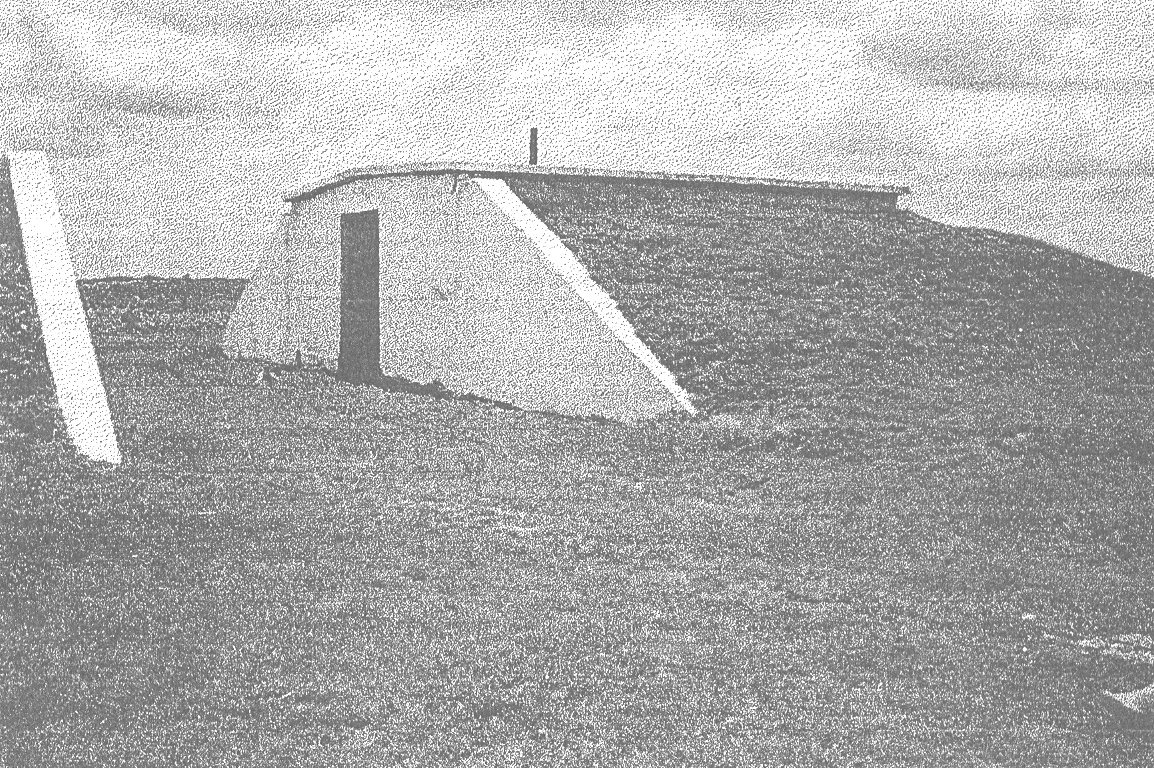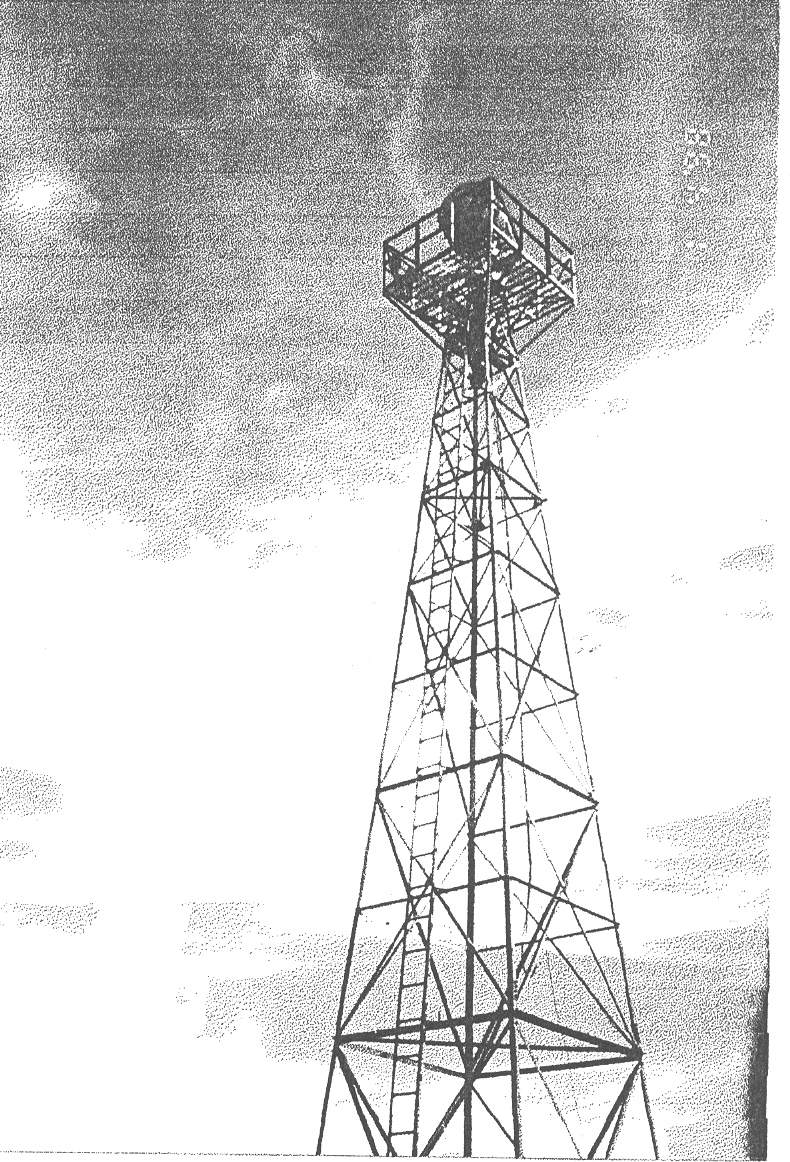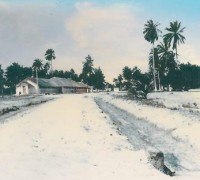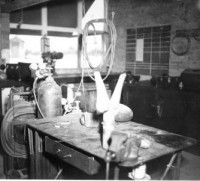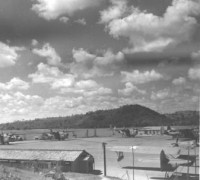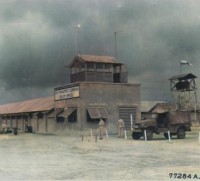U.S. NAVY BASES IN BRAZIL - U.S NAVY BASES
3)USN NAF AMAPA
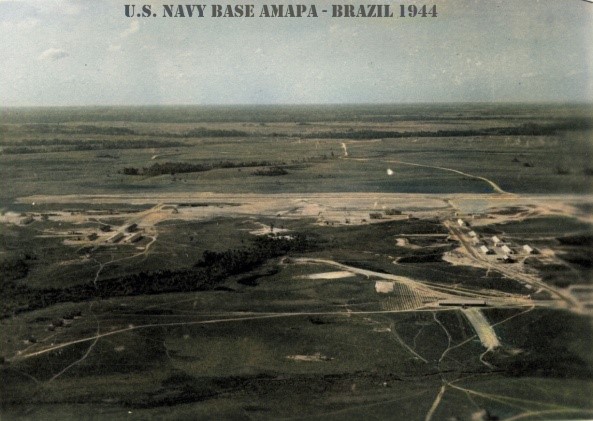
Amapa, on the
Construction for the Navy included housing and mess facilities for crews and maintenance personnel and a blimp take-off mat. All construction, both Army and Navy, was performed under the Airport Development Program. The base was fully utilized by lighter-than-air craft, but patrol bombers were based there only when the tactical situation required it. This base was established in early 1943 by the U. S. Army and was the most northern of the Brazilian airfields.
NAF Amapa was established at the site on 26 November 1943. It shared a portion of the field with the USAAF and provided support for landplanes, generally the PB4Y-1 Liberator.
VP-83 aircraft provided ASW coverage from this base for convoy routes between NAS Trinidad, British West Indies and
Located deep into the Amazon jungle some
As the time progressed, those facilities although completely isolated from any human contingent beyond the outskirts of that tiny military outpost, gradually became comfortable despite shortcomings such as the lack of any recreation facilities so necessary for those isolated men. The first squadron to operate in a regular basis was VP-94 with the versatile PBY-5A Catalinas stationed at
That particular airspace, between
In the following day in the first lights of the morning, a salvage team with aircrafts from VP-94 based at
In this particular, the arrival of the blimps was of invaluable price, not only by their uncountable search and rescue missions over the closed jungle, but also over the ocean. Those cumbersome crafts located and rescued 96 out of 125 survivors from the blockade runners sunk in south
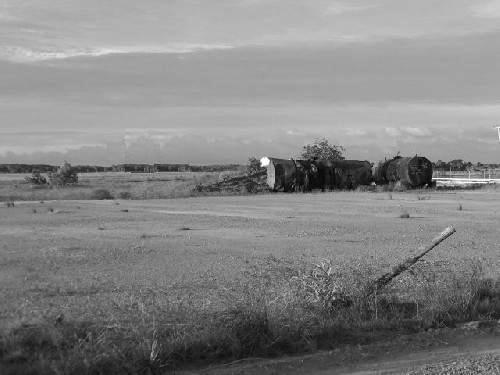
Remnants of the Amapa base are still present until today.

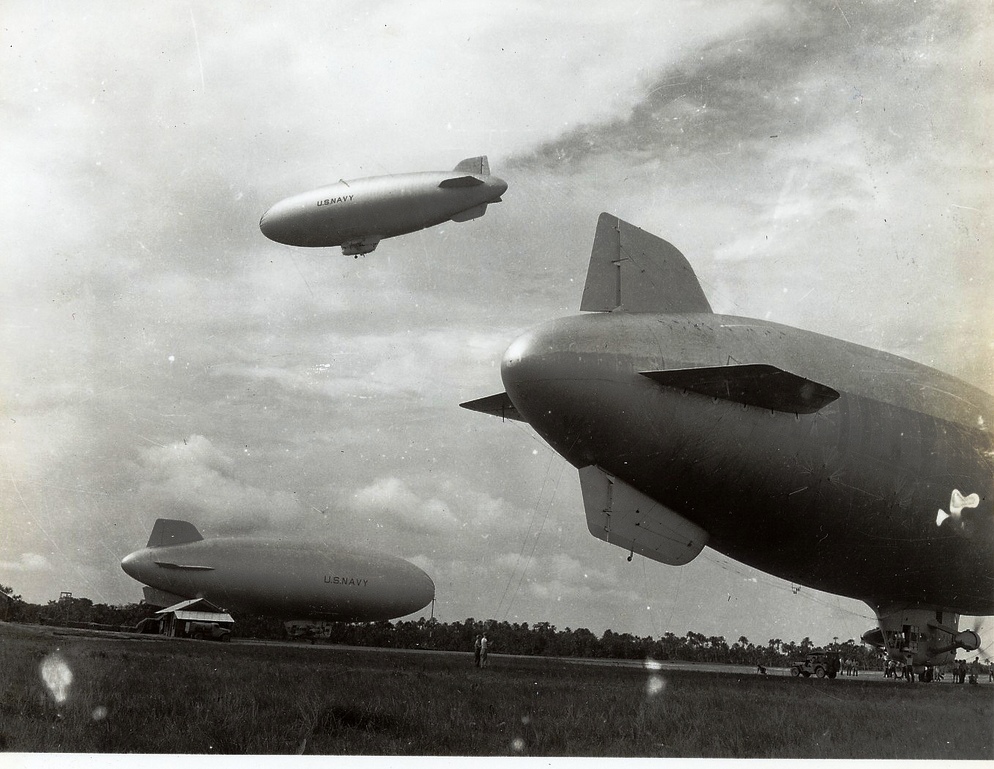
US Blimps were used in a variety of missions ranging from search and rescue missions over the dense jungle to patrol over the Atlantic.

One Blimp seen in this rare photo from Amapa Airfield late in 1943.
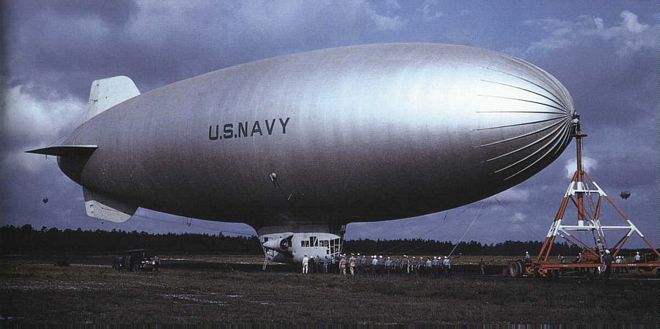
50 years later the generators which provided power to the base are silent but intact.
One of the various magazines stil preserved.
The rotating beacon.
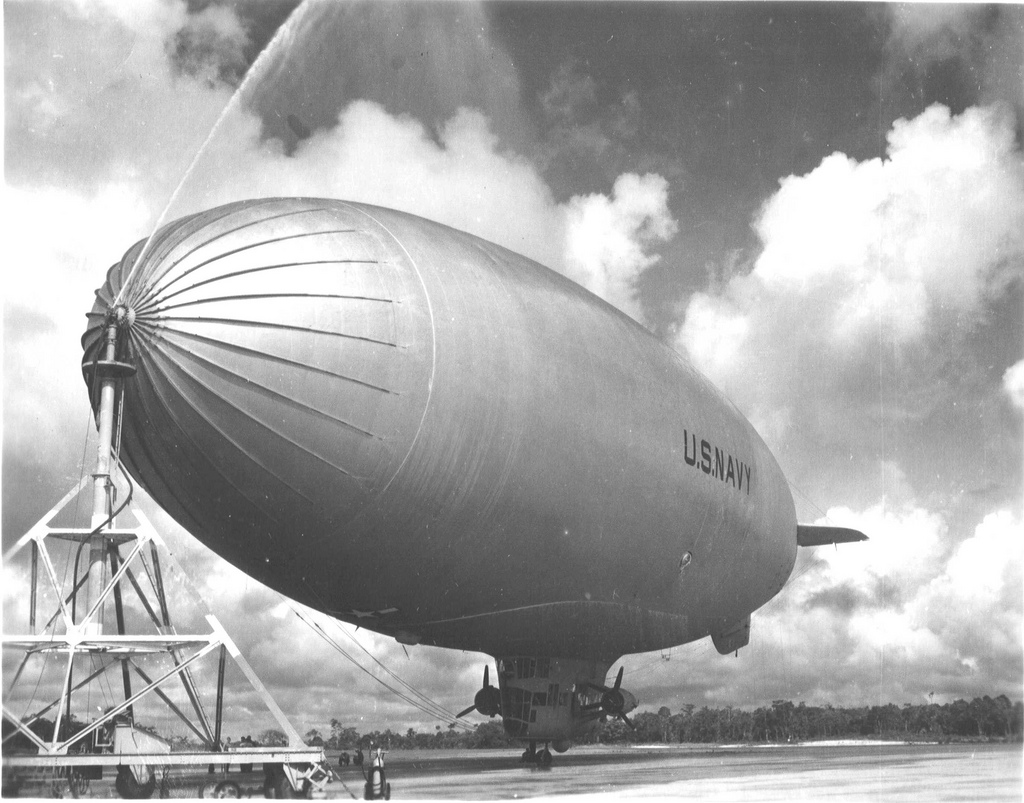
The blimp in its mast is sprinkled with water to soften the high temperature on the ship
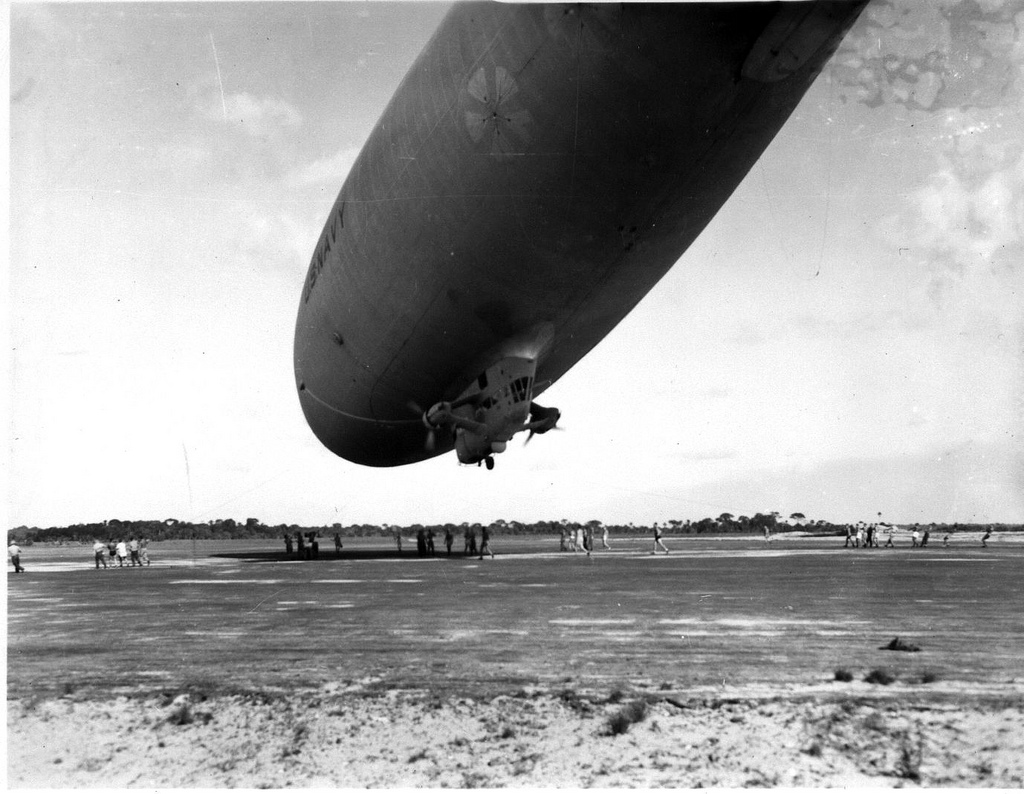
One blimp prepares to land as the ground staff pull the chords to tighten the ship in its mast
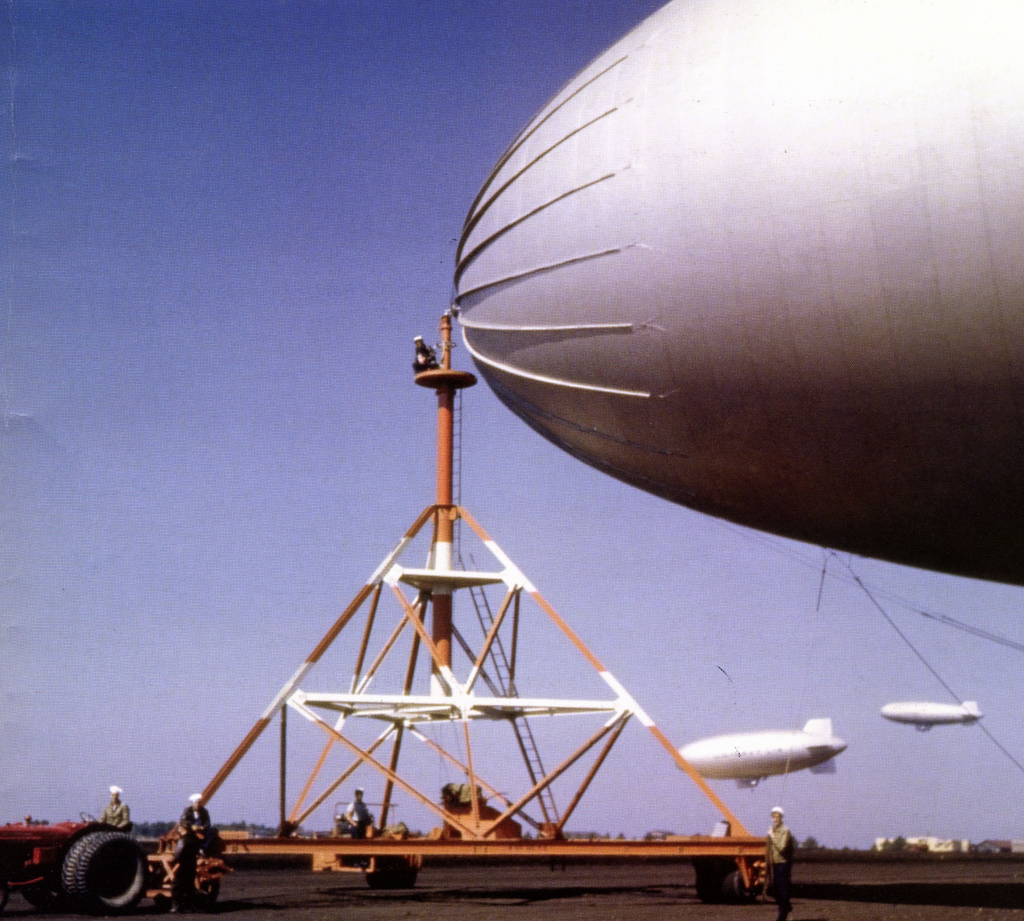
Nice picture shows 3 blimps
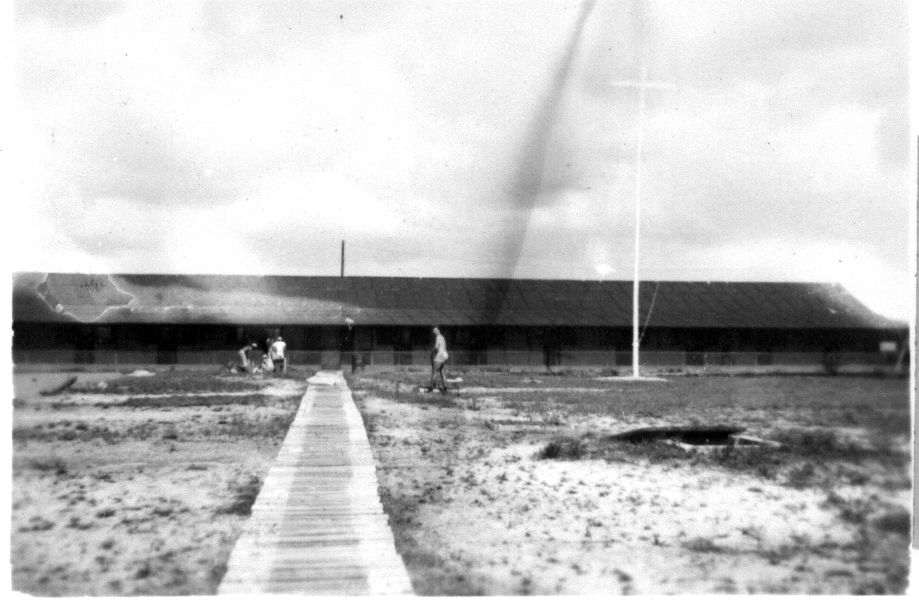
The barracks.
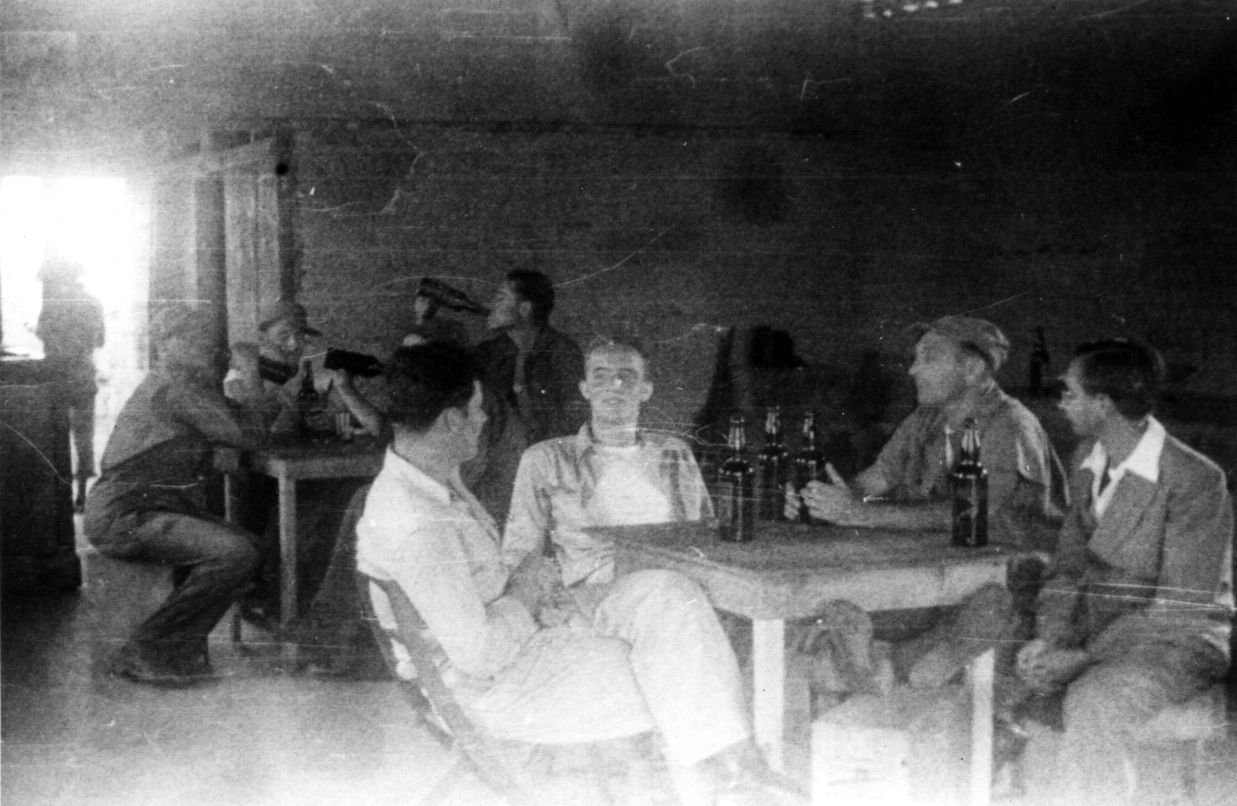
The beer hall.
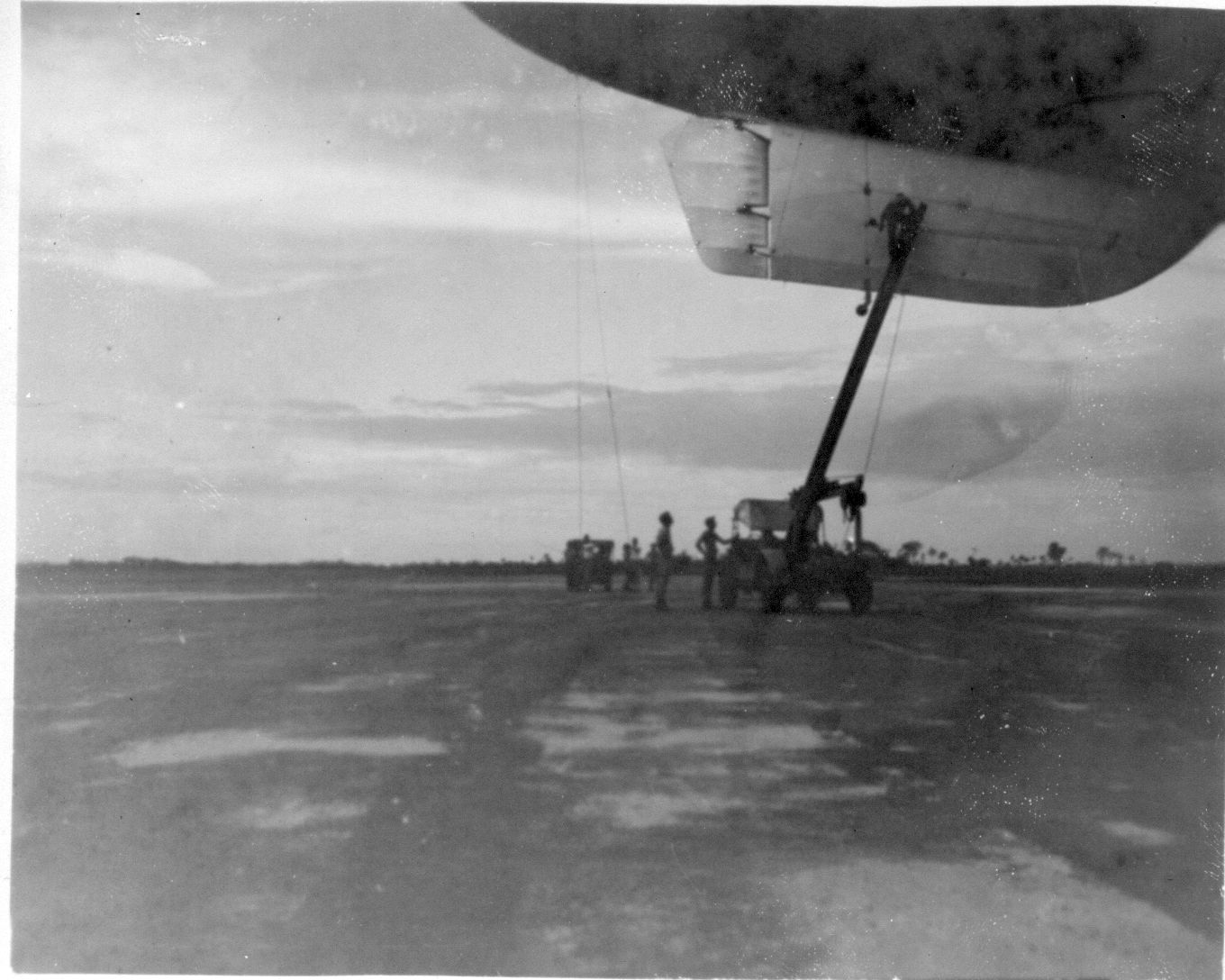
Ground personnel prepare the Blimp for departure
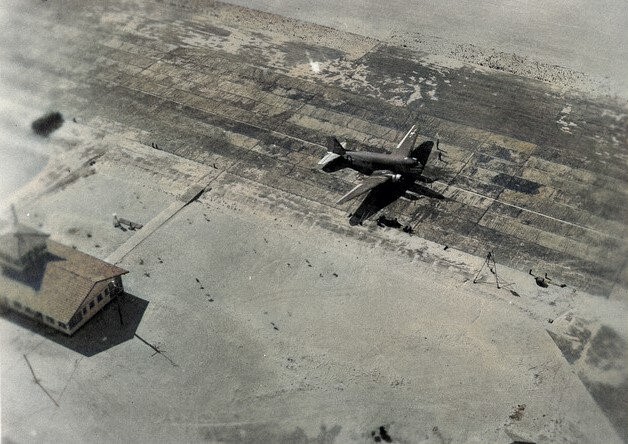
The ramp seen from above with one C 47
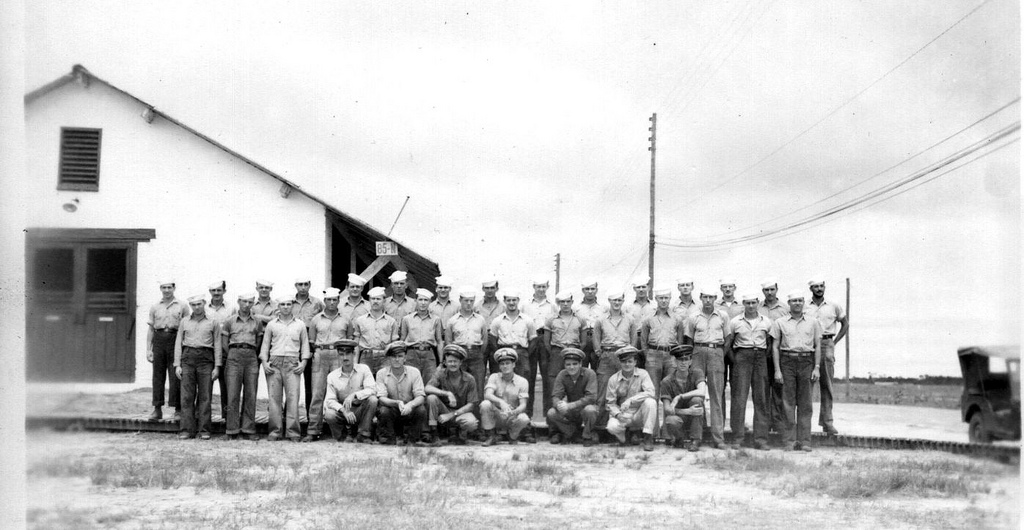
The staff poses with the headquarters in background
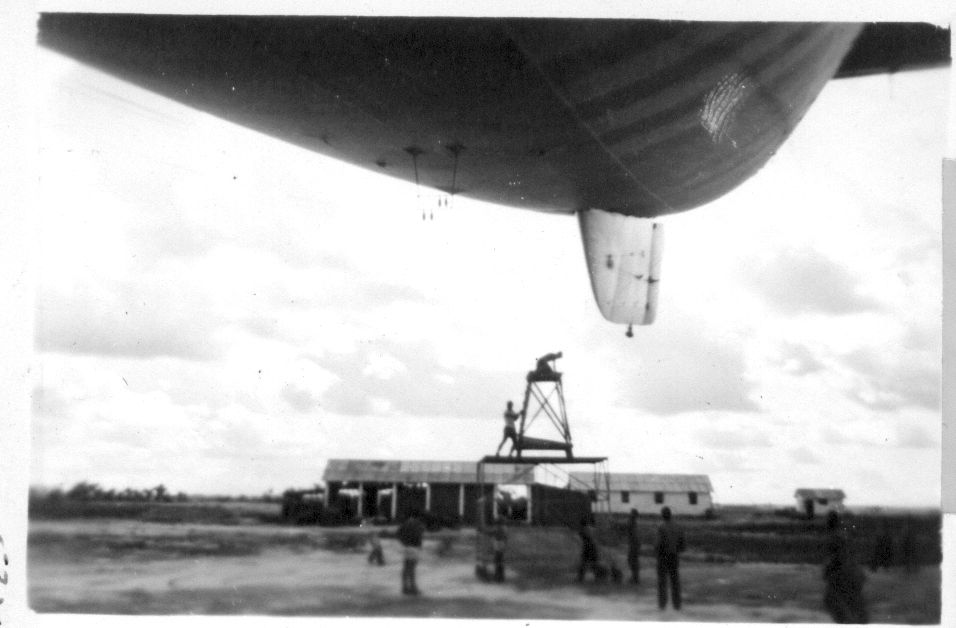
One Blimp under maintenance

American military pass time while playing cards. Life in jungle was very boring
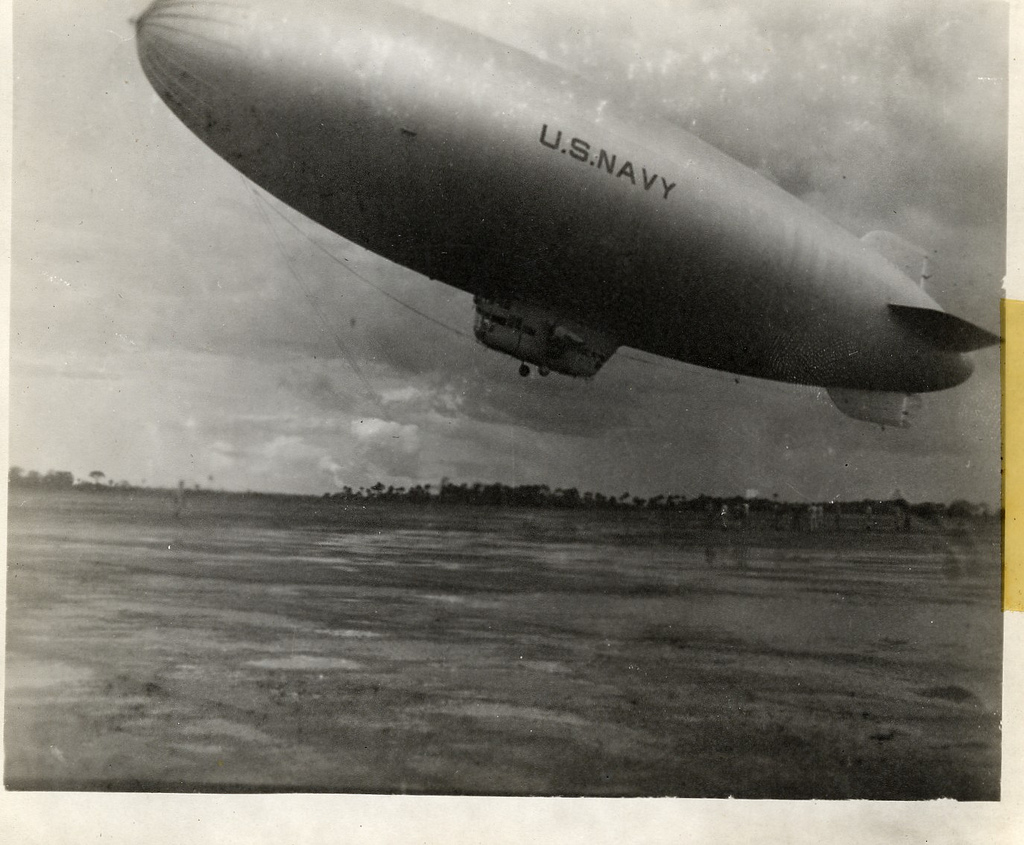
Blimp during take off in 1945
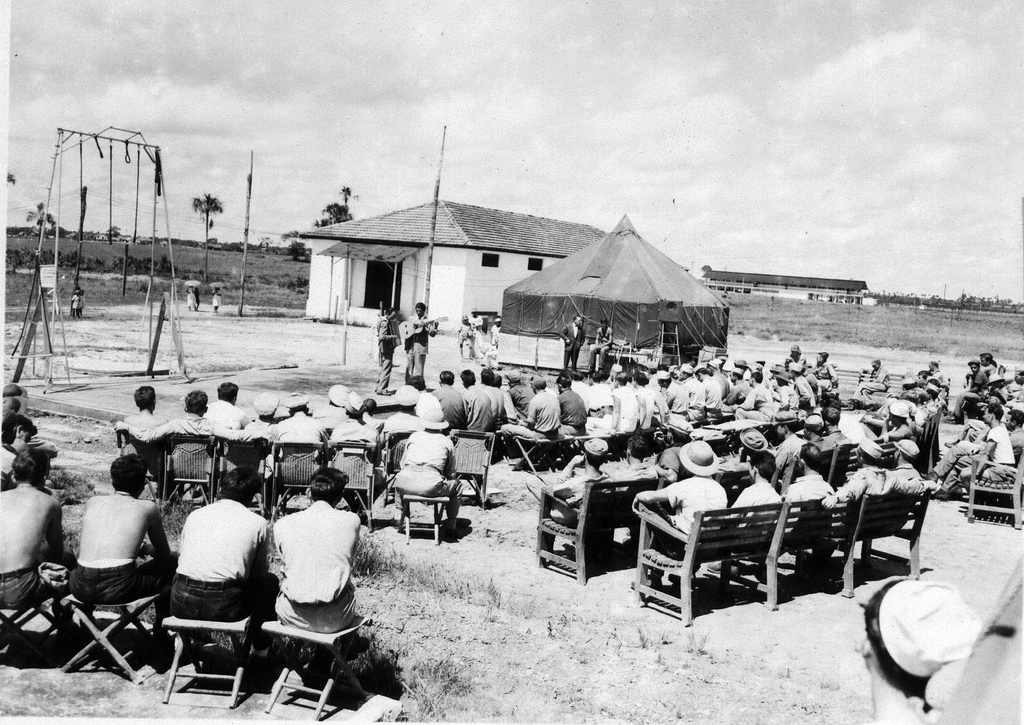
Two guys play guitar to the audience so that they can forget the confinement in the dense jungle.
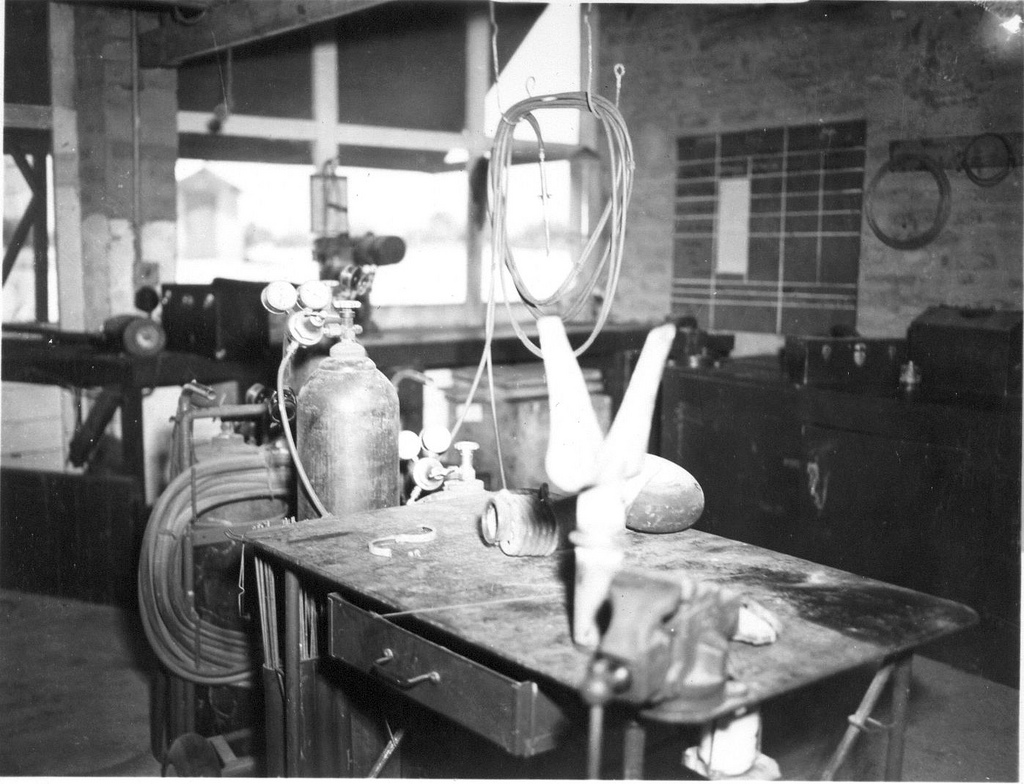
The metal shop.
